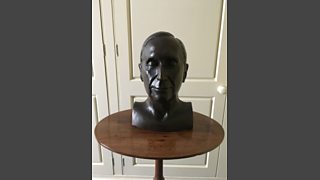
The Sikh Maharaja ruled from Lahore for a further 26 years, dying peacefully in his sleep in 1839. Singh made the Koh-i-Noor the symbol of his reign, strapping it to his bicep for all the world to see he feared neither men nor curses. With him, it seemed as if the link between hideous luck and Koh-i-Noor ownership might be broken. After 25 years of rule, in 1772 he was murdered by one of his own bodyguards.Īfter some toing and froing, the diamond returned to its birthplace of India, via the Maharaja of the Sikhs, Ranjit Singh in 1813.

Abdali wore a jewel encrusted mask to hide his affliction, yet maggots dropped from his rotting flesh. The Koh-i-Noor then passed into Afghan hands as plunder, however it brought little joy to Afghan leader Ahmad Shah Abdali, whose face was slowly eaten away by what the Afghan sources call a “gangrenous ulcer”. From that point he descended quickly into madness, and was himself beheaded by an assassin, feeding the idea of a cursed diamond. Following a failed assassination attempt, he grew increasingly violent and ordered the blinding of his son and heir, who he suspected of being behind the failed ambush. Though it seemed as if the Mughals would rule for a thousand years, just four generations later their empire was crumbling and the Peacock Throne was being carried off by a Persian army led by Nader Shah.

The Shah’s Peacock Throne comprised a seat, canopy and pillars, and in pride of place sat two jewelled peacocks, one of which had the Koh-i-Noor for a head. It was bought by the Qatari royal family.

To put that into some context, in 2013 another diamond of Indian origin, the Princie, at 34.65 carats, was auctioned at Christie’s for $39.3 million. Named for its colossal size, the stone was originally 186 carats, and the size and heft of a hen’s egg. Translated from Persian, the word Koh-i-Noor means “Mountain of Light” – ironic since its history is infused with such darkness. Men have gouged out eyes, hacked off genitals, poured molten lead on heads, poisoned, bludgeoned, stabbed and shot each other in pursuit of this diamond. Though you wouldn’t know to look at it, this rock drips with a bitter and bloody history. More of that in a moment, but first it’s important to understand that the 105-carat Koh-i-Noor is more of a diplomatic grenade than a jewel. It was born out of an earlier diplomatic kerfuffle involving the British Royal family and the Indian government.

In 2017, the historian William Dalrymple and I published a book called Koh-i-Noor: The History of the World’s Most Infamous Diamond.


 0 kommentar(er)
0 kommentar(er)
